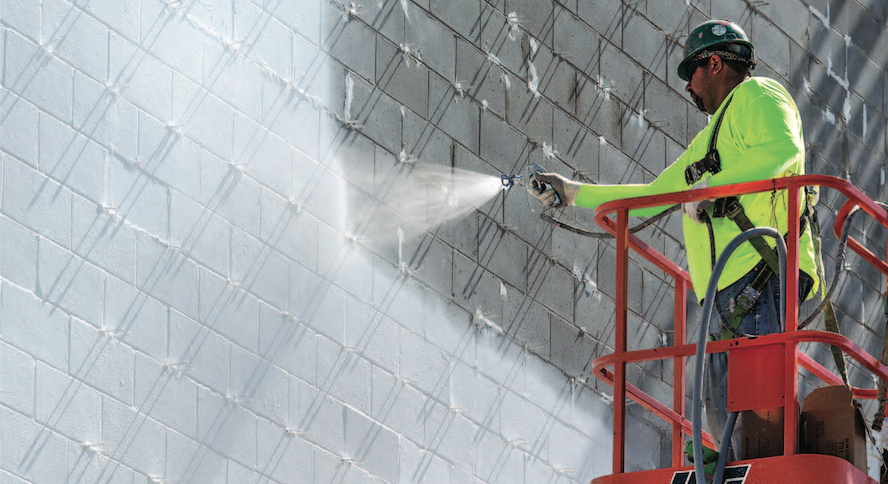Should institutional and commercial buildings be built to last 100 years? Why not? There are plenty of examples—religious structures, university buildings, train stations, and so on—that have performed well for a century or more.
The principles behind their success should inform new buildings for long-term owners like higher education, government agencies, school districts, judicial systems, and commercial developers with long-term disposition horizons.
After reading this article, you should be able to:
- DESCRIBE how heat, air, and moisture can compromise the building envelope and undermine energy efficiency and durability.
- LIST key systems and components for proper enclosure performance.
- DISCUSS how design and construction practices can affect enclosure performance, sustainability, and durability.
- COMPARE two novel technologies that can be used to improve the energy efficiency of building enclosures.
TAKE THE FREE AIA COURSE AT BDCUNIVERSITY.COM
Related Stories
| Aug 11, 2010
World's tallest all-wood residential structure opens in London
At nine stories, the Stadthaus apartment complex in East London is the world’s tallest residential structure constructed entirely in timber and one of the tallest all-wood buildings on the planet. The tower’s structural system consists of cross-laminated timber (CLT) panels pieced together to form load-bearing walls and floors. Even the elevator and stair shafts are constructed of prefabricated CLT.
| Aug 11, 2010
Platinum Award: The Handmade Building
When Milwaukee's City Hall was completed in 1896, it was, at 394 feet in height, the third-tallest structure in the United States. Designed by Henry C. Koch, it was a statement of civic pride and a monument to Milwaukee's German heritage. It was placed on the National Register of Historic Places in 1973 and designated a National Historic Landmark in 2005.
| Aug 11, 2010
Special Recognition: Kingswood School Bloomfield Hills, Mich.
Kingswood School is perhaps the best example of Eliel Saarinen's work in North America. Designed in 1930 by the Finnish-born architect, the building was inspired by Frank Lloyd Wright's Prairie Style, with wide overhanging hipped roofs, long horizontal bands of windows, decorative leaded glass doors, and asymmetrical massing of elements.







